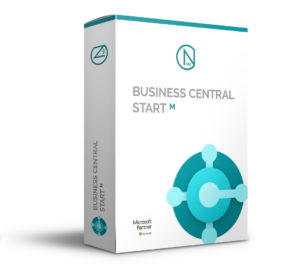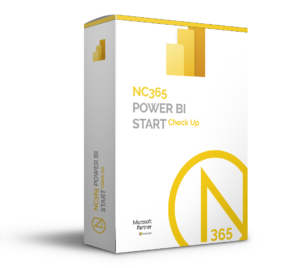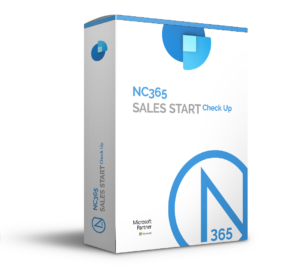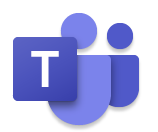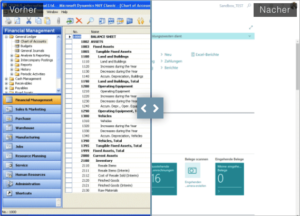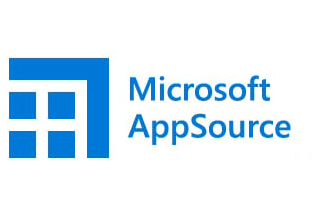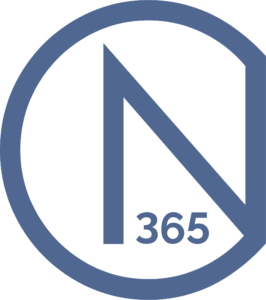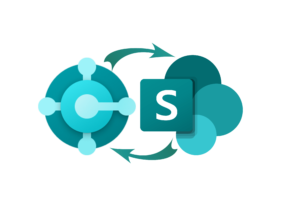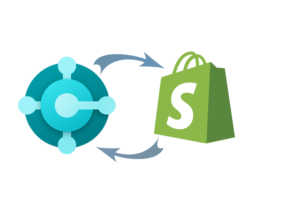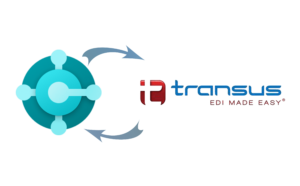What is Microsoft Power BI ?
Microsoft Power BI is a business intelligence (BI) platform designed to empower non-technical business users with tools to gather, analyse, visualize, and distribute data. Its user-friendly interface, akin to Excel, and seamless integration with other Microsoft products, make it a versatile self-service tool that demands minimal initial training.
Users have the option to download Power BI Desktop for Windows 10 or Windows 11, along with native mobile applications for Windows, Android, and Apple iOS devices. Additionally, for organizations needing to manage their data and reports on-site, there is Power BI Report Server. This version of Power BI necessitates a specialized edition of the desktop application, appropriately named Power BI Desktop for Power BI Report Server.
What are the uses of Power BI?
Microsoft Power BI enables organizations to uncover insights within their data. It facilitates the connection of disparate data sets, the transformation and cleansing of data into a cohesive data model, and the creation of visual representations such as charts and graphs. These insights can be shared seamlessly with other Power BI users within the organization.
Data models generated by Power BI serve various purposes, including:
- Presenting insights through visualizations and charts.
- Exploring hypothetical scenarios within the data.
- Generating real-time reports to address questions and aid in forecasting, ensuring departments meet business objectives.
Additionally, Power BI offers executive dashboards for administrators and managers, providing them with enhanced visibility into departmental performance.
Who Utilizes Power BI?
Power BI serves as a self-service BI tool, empowering employees with data analytics capabilities. While data analysts and BI professionals typically create data models and distribute reports across the organization, Power BI remains accessible to individuals without analytical backgrounds, enabling them to navigate the platform and generate reports.
Both departmental staff and management utilize Power BI to develop reports and forecasts to support sales and marketing representatives. Furthermore, they leverage the tool to furnish management with insights into departmental or individual employee progress towards established goals.
Furthermore, Power BI provides an administrative portal enabling administrators to configure the tool’s implementation. This portal also allows them to monitor usage and manage licenses.
Key Capabilities of Power BI
Microsoft has continually enhanced Power BI with various data analytics features since its inception, with some of the most notable ones including:
- Artificial Intelligence Enhancements: Power BI offers AI-powered image recognition, text analytics, and machine learning model creation capabilities. Users can leverage natural language processing through Power BI’s Q&A functionality for querying data. Additionally, Microsoft is integrating Copilot, its AI-powered chatbot, into Power BI to enable users to ask questions about data and generate custom reports.
- Support for Hybrid Deployments: Built-in connectors facilitate seamless connections between Power BI tools and various data sources from Microsoft, Salesforce, and other vendors.
- Quick Insights Automation: This feature enables users to create data subsets and automatically apply analytics to the information.
- Integration with Common Data Model: Power BI supports the common data model, enabling the utilization of standardized and extensible data schemas, including entities, attributes, and relationships.
- Enhanced Customization Options: Developers can customize the appearance of default visualization and reporting tools and import new tools into the platform.
- APIs for Seamless Integration: Sample code and APIs allow developers to embed Power BI dashboards into other software products.
- Self-Service Data Preparation: Business analysts can ingest, transform, integrate, and enrich big data into the Power BI web service using Power Query. Ingested data can be shared across multiple Power BI models, reports, and dashboards.
- Improved Modeling View: Users can organize complex data models into separate diagrams by subject area, manipulate multiple objects, adjust common properties, view, and modify properties in the properties pane, and set display folders for easier consumption of complex data models.
Benefits of Power BI for Businesses
Power BI presents numerous advantages that appeal to businesses seeking to explore their data through BI visualizations, patterns, and insights. These benefits include:
- Accessibility: Power BI caters to both non-technical and technical users, offering a range of pricing options suitable for businesses of all sizes.
- Integrations: With its seamless integration capabilities with software like Excel and other Microsoft applications, Power BI can effectively handle data from diverse sources.
- Customer Support: Microsoft provides robust customer support, ensuring users receive troubleshooting assistance when needed.
- Customization: The option to create custom visuals enhances the value proposition for businesses seeking to visualize important relationships or patterns within complex datasets.
- Collaboration: Power BI is designed to foster collaboration among different teams within an organization, facilitating seamless teamwork.
- Scalability: Capable of supporting large-scale datasets, Power BI is well-suited for enterprises and small businesses alike
Power BI Vs Standard Reporting
The following points outline the distinctions between standard reporting and Power BI:
Data Visualization
A key contrast between Power BI and standard reporting lies in their approach to data visualization. Power BI is tailored for generating dynamic and interactive visualizations, whereas standard reporting primarily emphasizes the creation of static charts and graphs.
Power BI’s intuitive drag-and-drop interface enables users to create interactive visualizations, facilitating real-time data exploration, filtering, and drill-down swiftly and effortlessly into specific data subsets. With its dynamic visualization capabilities, Power BI stands out as an excellent tool for comprehensive data analysis and exploration.
In contrast, the charts and graphs used in standard reporting are better suited for basic data representation and lack the interactive functionality of Power BI. Although standard reporting does provide some interactive visualization features like slicers and timelines, they do not offer the same level of dynamism as Power BI’s visualizations.
Data Handling
Power BI is better suited for analyzing large datasets and gaining enterprise-wide insights, while standard reporting is proficient in manipulating and formatting smaller datasets.
Power BI directly integrates with data warehouses, databases, and cloud data sources, enabling the extraction of vast datasets. Subsequently, it employs advanced data modelling features to transform and structure this data. This positions Power BI as a robust solution for obtaining comprehensive insights that encompass the entire organization.
Power BI reports and dashboards can be published and shared across the company, facilitating widespread dissemination of insights. In contrast, standard reporting is most effective with datasets containing thousands to millions of rows. Although it enables data analysis and visualization through functions, charts, and pivot tables, it encounters challenges in efficiently processing and calculating extremely large datasets.
Collaboration
Power BI offers various collaboration functionalities that surpass those available in standard reporting. Its cloud-based services enable users to share dashboards and reports with others, facilitating collaborative data analysis.
Additionally, Power BI allows users to establish data alerts, which can be activated when specific data points meet predefined criteria. This real-time monitoring feature proves especially valuable for overseeing business operations.
In contrast, standard reporting primarily functions as a desktop application, potentially restricting collaboration among users. While it does provide collaboration capabilities like co-authoring and sharing via OneDrive, they are not as comprehensive as Power BI’s collaboration features.
Applications of Power BI in Various Industries
Retail Sector-
Power BI empowers retailers to understand their customers better, manage their operations more efficiently, and make data-driven decisions that can lead to growth and success in a competitive market.
Hospitality Sector-
Power BI enables the hospitality industry to unlock the power of data, leading to improved guest experiences, optimized revenue generation, and enhanced operational efficiency.
Healthcare Sector-
Power BI provides the healthcare industry with the tools to lower expenses, boost revenue, improve patient care, and maintain compliance, all while offering a user-friendly interface for data-driven insights.
Professional Services-
Power BI facilitates professional services firms to harness the power of their data, leading to improved client services, optimized operations, and enhanced competitive advantage.
If you are looking for a comprehensive solution, we recommend the Microsoft Power Bi software. This solution is designed keeping the requirements of the small and medium businesses in mind. It enables the integration of diverse datasets, the transformation and refinement of data into a unified data model, and the generation of visual representations like charts and graphs.
We are the leading and trusted Microsoft Gold Partner providing comprehensive cloud solutions and services catered to the distinct requirements of the businesses.
With over 12 years of expertise, our certified and experienced Microsoft Business Central professionals offer implementation, customization, training, and support services.
By working with us, you choose fully tested and reliable software that is delivered with a complete support team based in the UAE. If you have any further questions about our software, we will be happy to help you. Consult with Us: Contact – NASCONCEPTION FZCO




